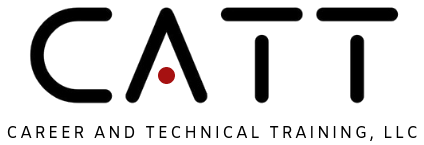Career Clusters
Agriculture, Food, and Natural Resources
Arts, A/V Technology, and Communications
Business, Management, and Administration
Education and Training
Finance
Government and Public Administration
Health Science
Hospitality and Tourism
Human Services
Information Technology (IT)
Law, Public Safety, Corrections, and Security
Manufacturing
Marketing, Sales, and Service
Science, Technology, Engineering, and Mathematics (STEM)
Transportation, Distribution, and Logistics
